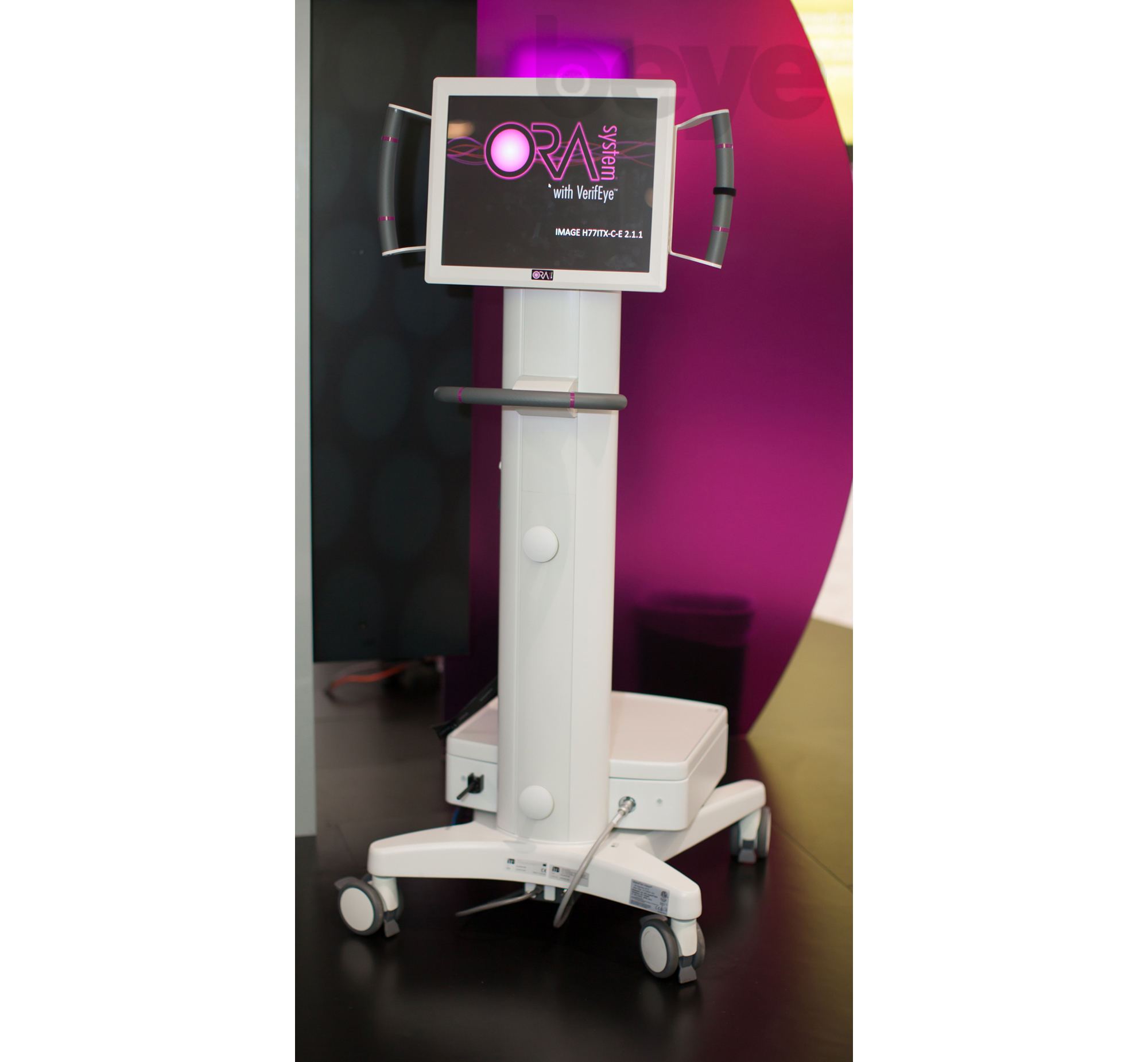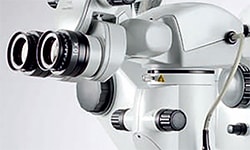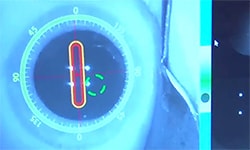Editorially Independent Content
The ORA System (Alcon) is an intraoperative wavefront aberrometer that allows surgeons to evaluate refractive findings, cylinder power, and IOL alignment as well as to refine IOL power calculations in real time.The ORA System consists of a measurement device that is mounted underneath the microscope and a control unit. You can program the system and view results via a color touchscreen display on the control unit.
Prior to surgery, patient information and presurgical measurements are entered into the system and uploaded to the cloud so that the data are prepopulated on the control unit. The surgical coordinator usually inputs enters the data in the office before surgery, which saves valuable time in the OR.
Not Just a Measurement Tool The ORA provides valuable intraoperative measurements, but what is really nice is the ability to store postoperative information, which you can use to refine your nomograms and analyze results. You can edit information in the system and even add case details, like whether or not you are using a femtosecond laser, in order to determine what strategies yield the best results. It is a great tracking and reporting feature.
Verifiable Guidance Preoperative measurements such as those from the IOLMaster (Carl Zeiss Meditec) or Lenstar (Haag-Streit) can be compared to intraoperative measurements. I commonly make adjustments intraoperatively based on the information reported by the ORA. These changes can entail selecting a different lens power or rotating the toric IOL. The postimplantation measurements provide guidance on clockwise or counterclockwise toric IOL alignment, like a real-time global positioning system, to help minimalize astigmatism and achieve a plano outcome. I find that my results with the ORA are extremely tight around the desired spherical equivalent outcome.
The Trick for Optimal Results As good as the ORA is, challenges remain. The system relies on a very clear optical-visual interface. The wavefront has to pass through the cornea and lens and bounce off the retina. There are times when I do not obtain an accurate measurement due to the speculum, dry eye disease, or bubbles in the eye. Once you are familiar with the protocol, however, I would estimate that you will be able to get good readings about 99% of the time.
The Z-axis positioning of the lens is not taken into account fully with intraoperative aberrometry, so the formulas are estimating effective lens position. It is to be hoped that further advances in refractive cataract surgery will soon make this a measurable data point.
Best Tool for Refractive Cataract Surgery I use the ORA for all my multifocal IOL cases, all my toric IOL cases, and all my postrefractive surgery cases. More and more, I am using the system for just about all patients who have specific refractive expectations.
This instrument is the best available, and it is pretty darned good. The system allows me to achieve LASIK-like outcomes with cataract surgery, and that is really where to the specialty is headed: laser refractive cataract surgery. For me, the ORA System is a must-have. If the instrument were ever to malfunction, I would consider cancelling my cases, because the device is that important.





